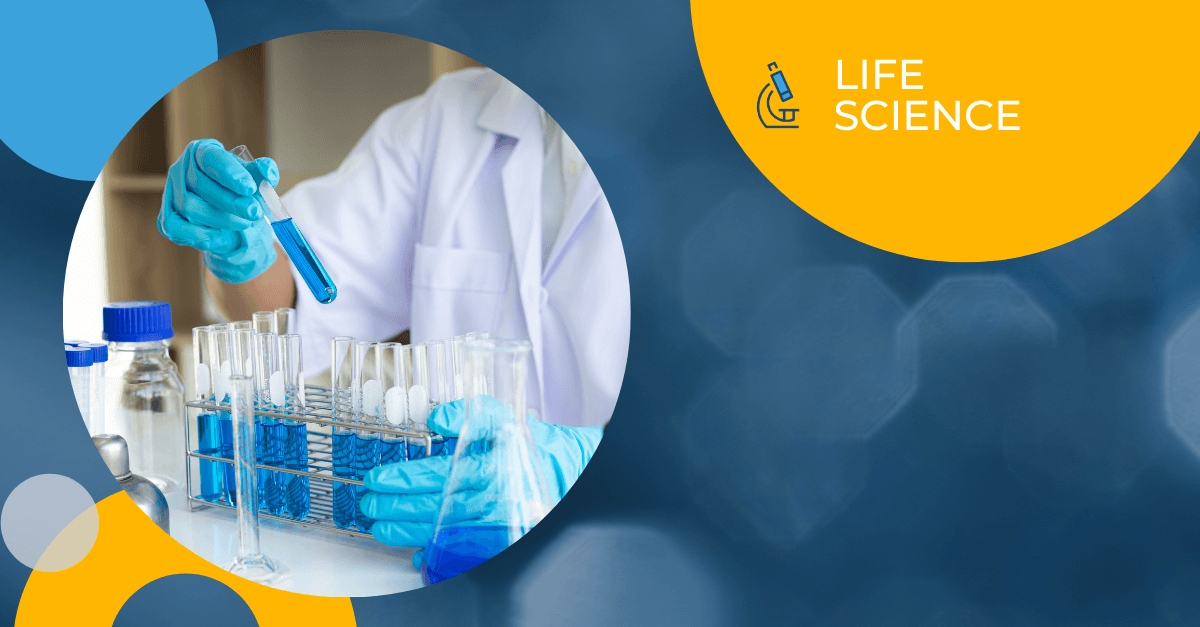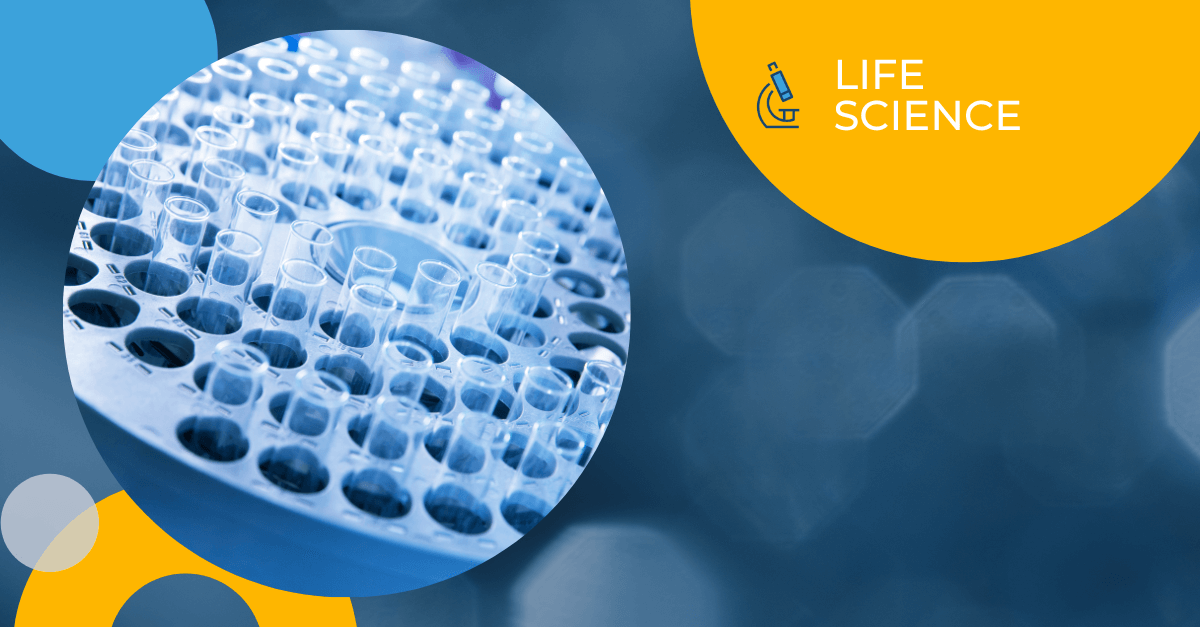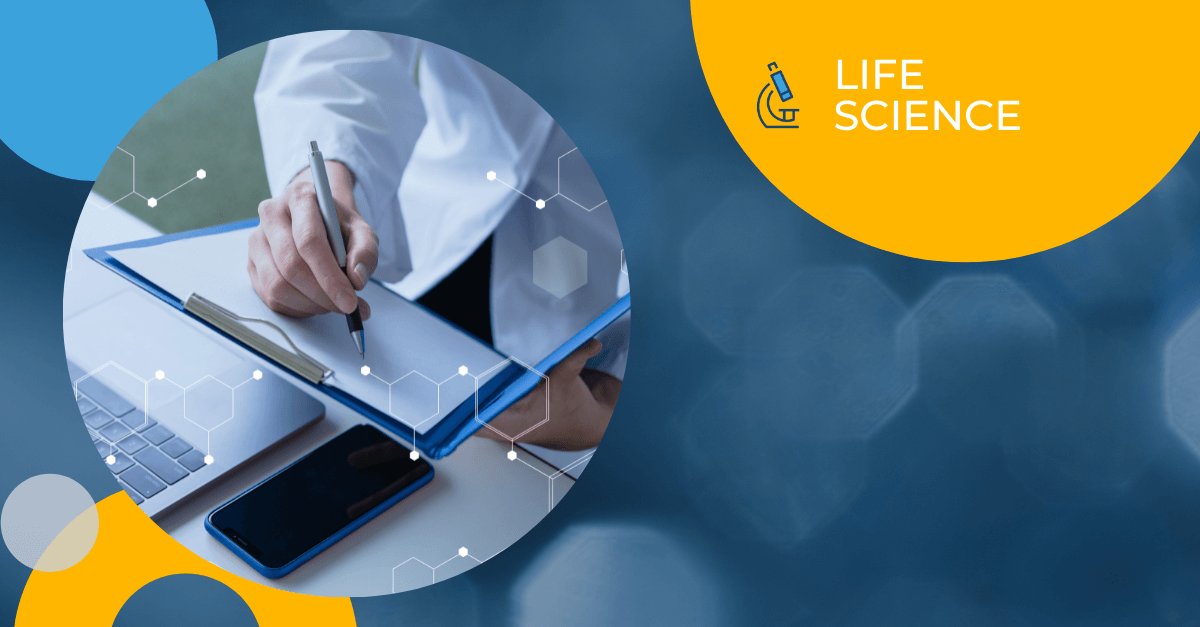Tag: life sciences
Pharmaceutical Translation & Global Drug Market

The need for pharmaceutical translation to tap into global drug markets isn’t news. But sales and growth forecasts for 2011 indicate that translations for China and other emerging markets will become more important than ever. IMS health (a pharmaceutical industry data company) predicts that the global drug market will grow 5 to 7% in 2011, to $880 billion. This is largely the result of impressive growth in prescription drug sales in 17 countries led by China, which alone is predicted to grow by 25-27% this year. The other 17 “pharmerging” markets will see growth of 15-17%. These numbers are helping offset sluggish sales in pharmaceuticals in North America and Europe–sales in Canada and Europe’s five largest markets will increase only 1-3% this year.
What do these forecasts have to do with pharmaceutical translations? let’s take a closer look at the 17 countries ranked by IMS as high-growth “pharmerging” markets. Besides China, they also predict that Brazil, Russia, and India will experience double-digit growth in pharmaceutical sales. A tier 3 of fast-followers includes Mexico, Vietnam, Pakistan, Egypt, and Indonesia. Unlike North America and Europe, where an English translation is often sufficient for patent and regulatory purposes, tapping into most pharmerging markets requires pharmaceutical translation of numerous documents into multiple languages. For example, patent translations are required for securing IP rights for new products or processes in these markets. While patents for India and South Africa can be filed in English, for the rest, a translation of the full specification will be needed. For regulatory approval in the 17, dossiers, exhibits, and labeling must be translated into each of their official languages. And of course sales and marketing efforts must include expert translation and localization of websites, brochures, and promotional materials.
To sum up, growth in emerging markets poses big opportunities for drug companies but also a number of challenges. It’s critical to consider the ROI in these countries, particularly those with weak intellectual property protection. The added cost of pharmaceutical translations–which can be quite substantial–should also be taken into account.
Get the latest insights delivered to your inbox
BIO Preview: Translations & The Biotechnology Industry

The BIO International Convention takes place next week in Washington, DC and Morningside will be attending (our 4th year in a row). We thought it would be timely to provide an overview on how medical translations are used by biotech companies. The need for translations can come up throughout a product’s life cycle–from R&D, to clinical trial, regulatory submission, manufacturing, and finally sales and marketing. Let’s take a closer look at the role translation services play at each stage.
R&D – During research and development, it’s often necessary to read and understand relevant foreign language documents including papers, patents, reports, and scientific publications. German and Japanese documents come up most frequently. Tip: The translator should have a solid background in the particular technical field at issue. Industry experience is helpful, but not essential.
Clinical trial stage – At any given time, more than 300 clinical trials are taking place, often in multiple countries. Case report forms, informed consents, patient-reported outcomes, and other documents have to be translated to and from multiple languages. Full linguistic validation including cognitive debriefing of translated PROs may also be needed. Tip: For linguistic validation, it’s important to work with a translation company, like Morningside, that relies on the well-structured methodologies outlined by ISPOR and EORTC.
Regulatory submissions – Biotech companies who want to get their product approved in global markets need to submit dossiers, labeling, adverse events, and other documents to the regulatory authorities in the local or official languages. In addition to the EU and Japan, BRICs countries (Brazil, Russia, India, and China), Latin America, and other emerging markets have become increasingly important, and that means translating regulatory documents into Brazilian Portuguese, Russian, Simplified Chinese, Latin American Spanish, and other languages. Tip: Regulatory translations require specific knowledge of the country’s dossier format and terminology requirements. In-country translation and review is a must.
Manufacturing – Biotech companies that design or manufacture products oversees need to translate health and safety manuals as well as SOPs into the local language where their facilities are located. Tip: Translated manuals must conform to local labor laws, safety regulations, customs, and cultural sensitivities.
Sales & marketing – To effectively market biotech products oversees, companies need to think locally. Product websites, brochures, and promotional materials need to be translated and localized, keeping in mind cultural sensitivities and local health issues and concerns. And local dialect. Tip: When translating into Spanish, there are important regional variations, even within Latin America. Mexican Spanish and Rioplatense Spanish spoken in parts of Argentina and Uruguay are quite different.
We’ll have more to say about translating for the biotech industry and medical translations in general, including localization advice and tips for lowering translation costs.
Get the latest insights delivered to your inbox
Translating for Life Sciences

The life sciences industry – which includes pharmaceutical, medical device, and healthcare companies – is truly a global business. For many industry leaders, the lion’s share of revenue comes from overseas markets. Whether you are working to secure IP rights in Japan or obtain regulatory approval in the EU, translating documents for multiple countries and jurisdictions is an intrinsic part of the process. Patent applications, clinical trial reports, labeling, patent applications, regulatory submissions, and product manuals are just a few examples of documents that have to be translated by life sciences companies on a regular basis.
Most of these documents are highly technical and require scientific knowledge and expertise that even a gifted translator does not necessarily possess. The translator should have an educational background in the subject matter and science at issue, and preferably should also have industry experience. They should also be native speakers of the target language. Additionally, the translator should have multiple years of experience translating documents that deal with similar technologies and processes.
Morningside adds one final stipulation: the translator must also be located in the target country. This means documents intended for China are translated in China, and documents intended for Taiwan are translated in Taiwan. Why? Because in-country translators and editors are up to date on legal and formatting requirements for local agencies and offices, familiar with the cultural sensitivities and norms of the target market, and can ensure that the translation complies with country-specific terminology, measurements, and style. In-country translation and review is a great way to ensure that you are effectively communicating with the overseas officials, regulators, and consumers who play a critical role in your company’s success.

